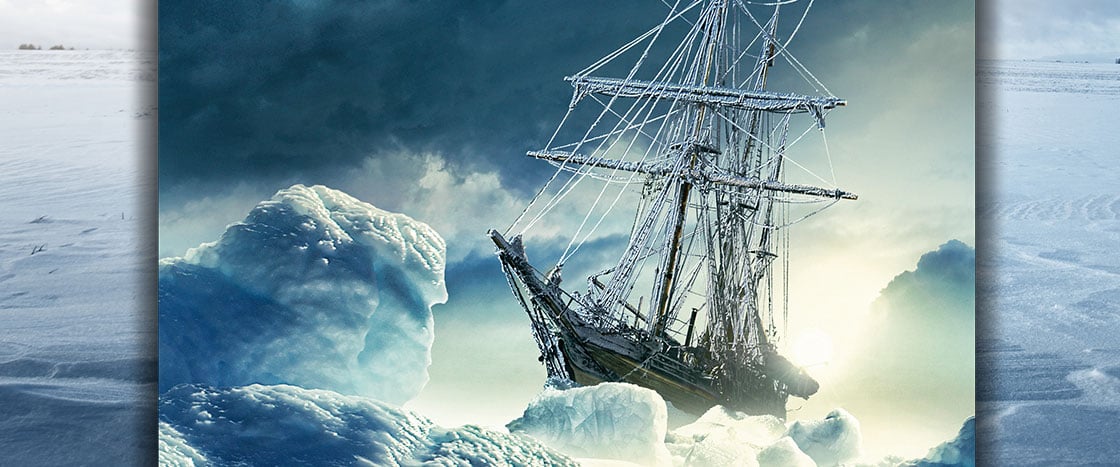August 1916
N3: The crew lies in a small hut they made of stones and two overturned lifeboats.
N1: Four months have passed since Shackleton left.
Green: Will they ever come back?
Perce: Boss won’t give up on us.
Green: If he dies, so will we, one by one.
N2: McIlroy unwraps the bandages on Perce’s left foot.
McIlroy: Even though I amputated your toes, the frostbite has spread.
N3: They sit silently.
Perce: Hey, what’s the first thing you’ll eat when you get home?
McIlroy: Apple pudding with cream on top.
Perce: I’d love a fresh peach.
Green: I’d give a foot for some eggs.
N1: The men shoot a look at Green.
Green: Oh! Sorry, Perce.
Perce (smiling): It’s OK. I just can’t stand being useless.
Green: Listen, mate, you happily did every task I ever gave you. That kind of attitude is worth more than muscles sometimes.
N2: Wild bursts into the hut.
Wild: A ship! I see a ship!
N3: Out on the water, Shackleton looks through binoculars at the camp.
N1: Worsley stands next to him, anxious.
Worsley: How many men do you see?
Shackleton: Six. No, eight! More are coming!
Worsley: How many, Boss?
Shackleton: 18 . . . 19 . . .
N2: McIlroy and Green carry Perce out of the hut.
Shackleton: 22! They’re all there! Alive!
N3: In a small boat, Shackleton rows toward shore.
Shackleton (shouting): Are you all well?
All Crew (shouting): All well!
N1: Shackleton reaches the beach. The men surround him, laughing and hugging.
Shackleton: Still glad you stowed away, Perce?
Perce: I’ll never regret it. (He pauses.) And I never doubted you’d come back.
N2: Shackleton’s face is full of emotion.
Shackleton: That’s the highest compliment, lad.

